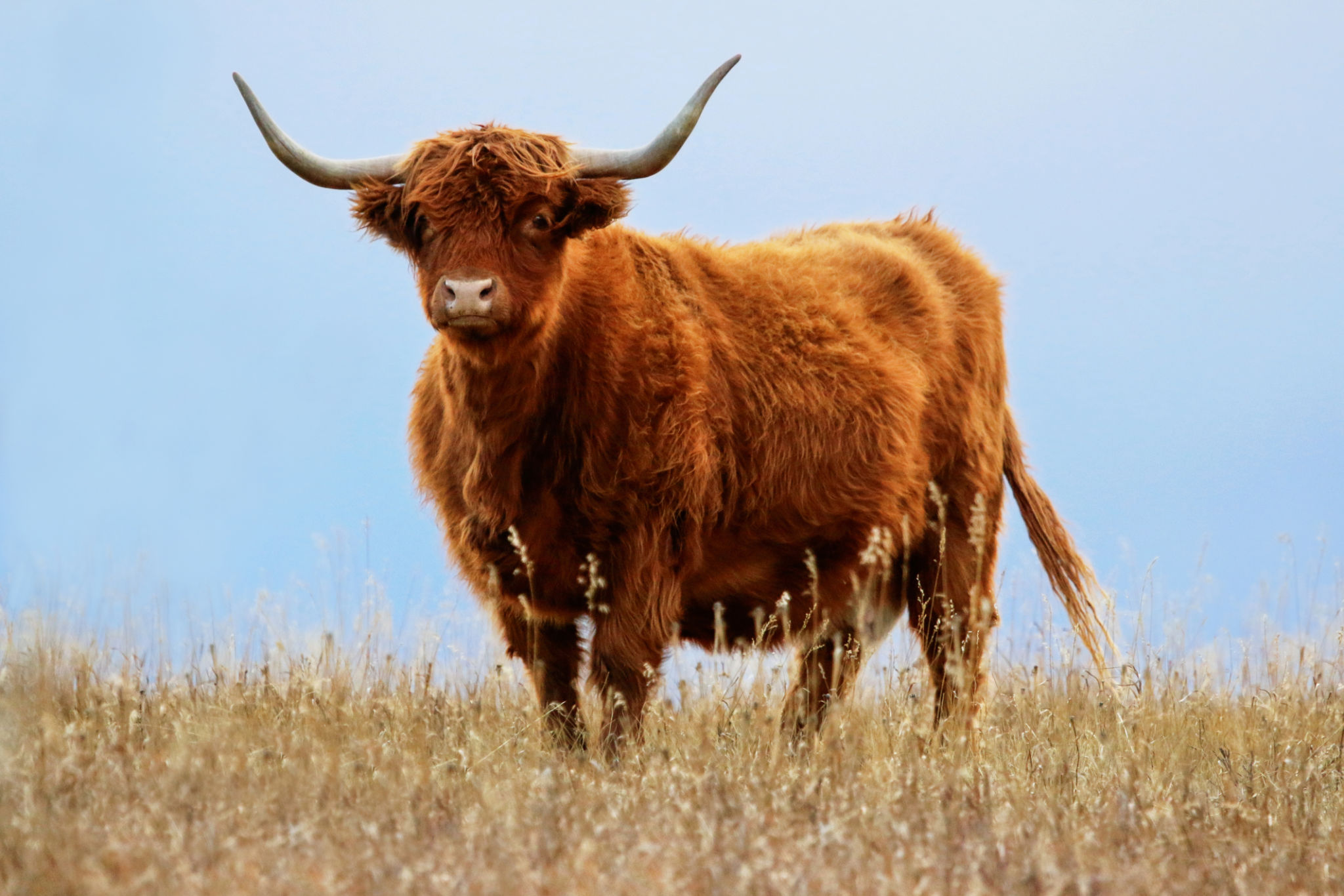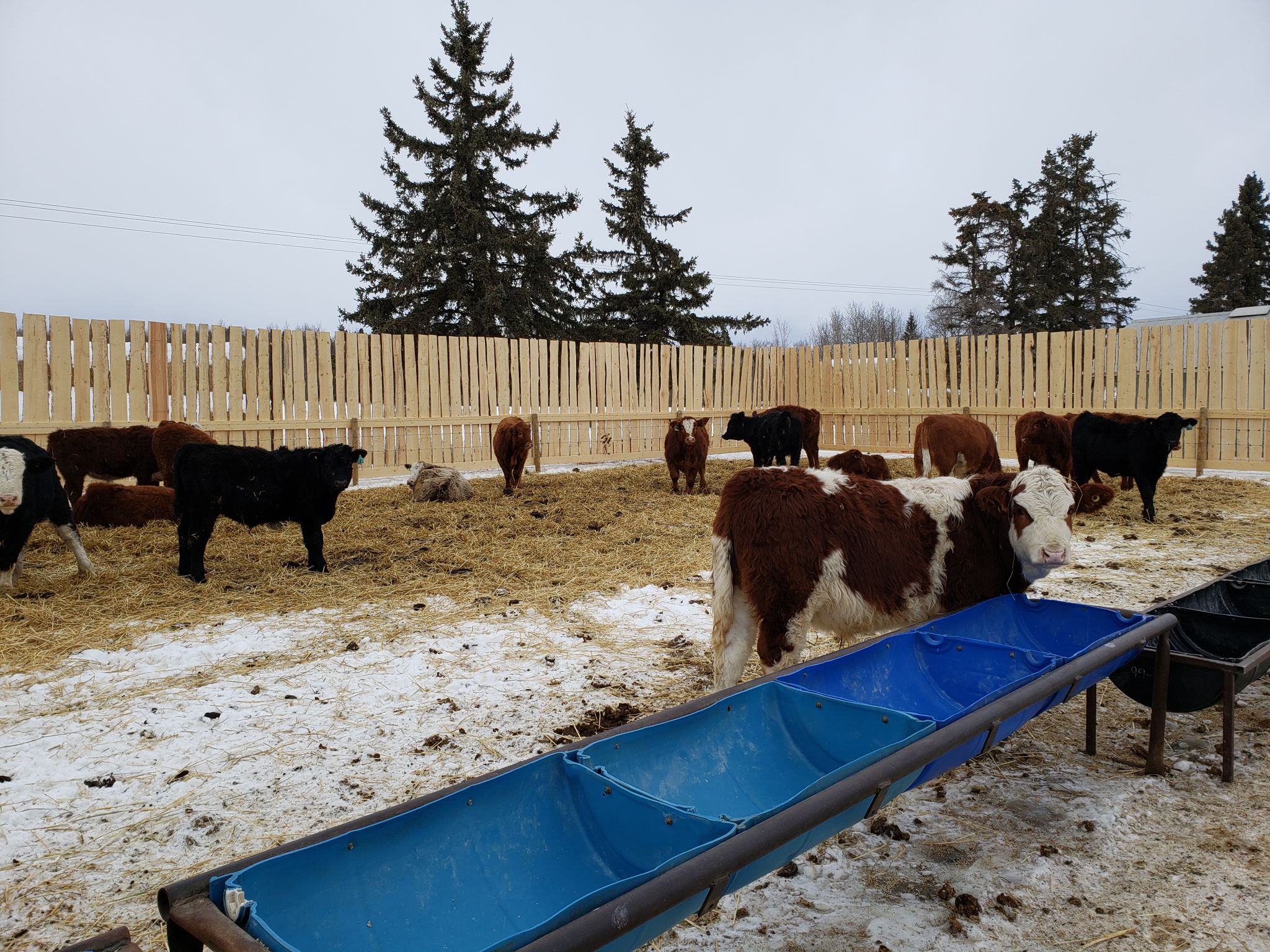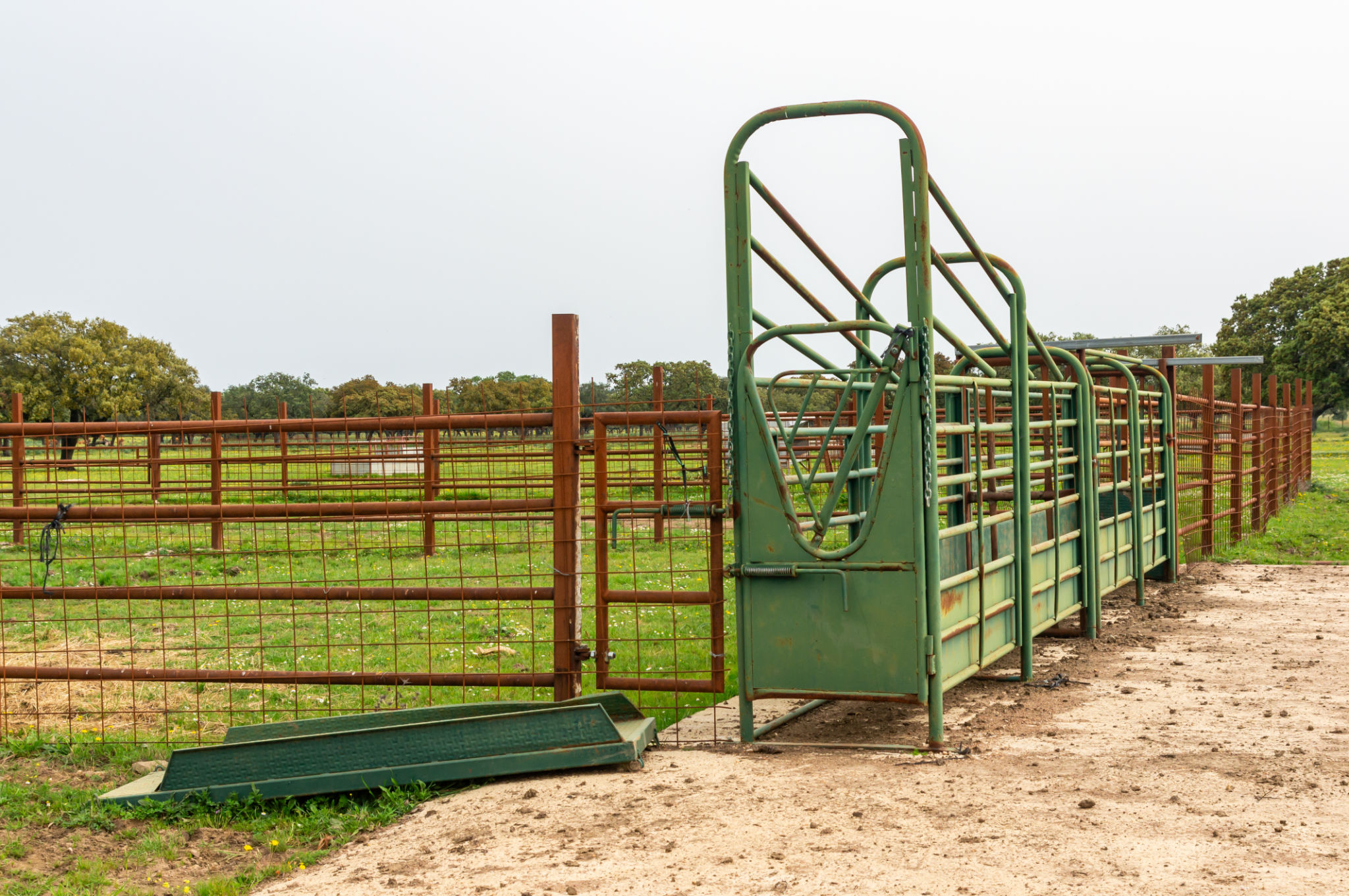The Ultimate Guide to Raising Small Highland Cattle
Introduction to Highland Cattle
Highland cattle, known for their long horns and distinctive shaggy coats, are a hardy breed originating from the Scottish Highlands. They are becoming increasingly popular among small farmers and homesteaders due to their adaptability and low maintenance needs. These cattle are not only visually striking but also offer numerous benefits in terms of meat quality and pasture management.

Why Choose Highland Cattle?
There are several reasons why small farmers might opt for Highland cattle. Firstly, their meat is renowned for being lean and flavorful, often considered a premium product. Secondly, their long hair means they require less fat for insulation, resulting in healthier meat. Additionally, Highland cattle are excellent foragers and can thrive on rough terrain where other breeds might struggle.
Furthermore, these cattle have a gentle temperament, making them easier to handle, especially for beginners. Their natural resistance to diseases and ability to withstand harsh weather conditions further adds to their appeal, reducing the costs associated with veterinary care.

Setting Up Your Farm
Choosing the Right Land
Highland cattle require ample space to roam and graze. When selecting land, look for pastures that offer a mix of grasses and shrubs. The land should be well-drained to prevent hoof problems, particularly in wet climates. Ideally, your pasture should have natural shelter like trees or hedges to protect the cattle from extreme weather conditions.
Fencing and Shelter
Invest in sturdy fencing to keep your Highland cattle secure. While these animals are generally docile, their horns can cause damage if they decide to test a weak fence. Providing a simple shelter or barn is also recommended to shield them from severe weather and give them a place to rest.

Nutritional Needs
Highland cattle are excellent foragers, but it's crucial to ensure they have access to a balanced diet. During winter or in periods of poor pasture growth, supplement their diet with quality hay or silage. Additionally, provide mineral licks or supplements to cover any nutritional gaps.
Fresh water is essential, so ensure your cattle have constant access to a clean water source. Regular monitoring of their body condition will help you adjust their diet as needed.
Breeding and Calving
Breeding Highland cattle can be a rewarding endeavor. They have a relatively low birth weight, which reduces calving difficulties, making them ideal for those new to cattle farming. Typically, they have strong maternal instincts and require minimal intervention during calving.

Health and Maintenance
Regular health checks are vital for maintaining a healthy herd. While Highland cattle are hardy, watch for signs of illness or injury. Common health issues include parasites and hoof problems. To prevent these, implement a regular deworming schedule and ensure hoof trimming is part of your routine care.
Handling and Management
With their calm nature, Highland cattle are relatively easy to manage. However, it's crucial to develop a consistent handling routine to keep them accustomed to human interaction. Use positive reinforcement techniques during training to ensure they remain cooperative and easy to handle.

Conclusion
Raising Highland cattle can be a fulfilling experience that combines the beauty of this unique breed with practical benefits for small farmers. By understanding their needs and providing the right environment, you can enjoy both the visual appeal and the economic advantages of owning these remarkable animals.